For some time now African patterns have inspired designers. It’s understandable, because these patterns are gorgeous and so different from any other folklore fabric. The beautiful combination of bright colours and the big, repeating graphics are so authentic. Some graphics are based on everyday objects as alarm clocks, coffee pots, heeled shoes, umbrella’s, mirrors, leafs, laptops, even buildings. Others are geographic or almost child-like drawings.
Some original Vlisco patterns:
Lots of people think these fabrics are made in Africa, but actually they originally come from Holland, where the most famous wax print company still is based in Helmond. Vlisco is the name of this company and the founder of these fabrics. Vlisco made the wax printed fabrics as a knock-off of Indonesian batik fabrics, but that didn’t work out. It found its way to Africa instead and Vlisco became and still is the most important and original Dutch Wax company.
In some African counties it’s considered very chique and high-class to wear Vlisco fabrics from head-to-too and its patterns are often copied by others fabric manufactures. There are even counterfeiters trying to pass their fabrics as genuine Vlisco… To make faking their products less easy, Vlisco produces limited one-time runs of their prints.
Guaranteed Real Dutch Wax Print
The core element in Wax Print is of course the wax. Using two deep engraved copper rollers, with the mirror image of the design, the two sides of the cotton fabric are printed with a pattern of melted wax, hence the name Wax Print. The fact that the cloth is printed on both sides enables you to wear the product either side. This is the true sign of a quality wax print. Following this, the cloth is immersed in a bath of dye, often Indigo, that penetrates into the areas that are not covered with wax. After the wax has been washed off in varying stages, a negative image of the printed pattern remains on the cloth. This intricate wax printing process results in unique effects that makes the product so outstanding. In fact, not one single centimetre of fabric is identical to the other! www.vlisco.com
Designers working with the African fabrics are not only African, like Duro Olowu, Dries van Noten is working with African prints for years already.
Duro Olowu
Dries van Noten
This summer Burberry Prorsum has found its way to these fabrics/patterns, also Miu Miu and Consuelo Castiglioni, designer of Marni, has used African prints for the H&M collection which will land in stores on March 8th.
Burberry Prorsum
Marni for H&M
Stella Jean a/w 2014
For his Spring/Summer collection 2009, Junya Watanabe combined the African prints with faded, torn-up jeans. I love this collection!
Junya Watanabe
Some years ago I was visiting New York. I brought my (then) favorite dress, a simple model I made from Dutch wax fabric, bright yellow coloured with a repeating green fish pattern. In Amsterdam nobody looks up when you wear African patterned fabric, but in New York it provoked some people, specially Afro-Americans. They gave me spontaneous thumbs up or complimented me for wearing something so typically African. It surprised me, coming from a multi-culti community where clothes from different backgrounds are worn by all. I hope it becomes more habitual in America too….if you know what I mean.
MMKA exhibition: Six Yards Guaranteed Dutch Design

29 January — 6 May 2012
As early as 1846 Vlisco served the West and Central African market with Dutch Wax textiles. From 29 January through 6 May, 2012, the Museum voor Moderne Kunst Arnhem will present Six Yards Guaranteed Dutch Design, an exhibition about how Vlisco’s Dutch textiles became a part of various West African cultures and found their way into international fashion, the visual arts, and photography.







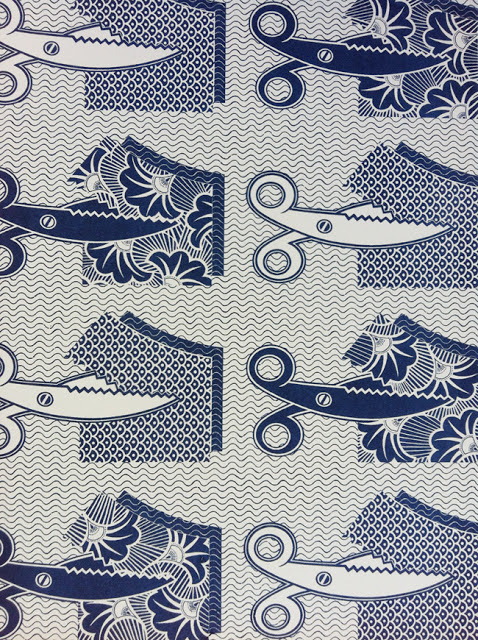

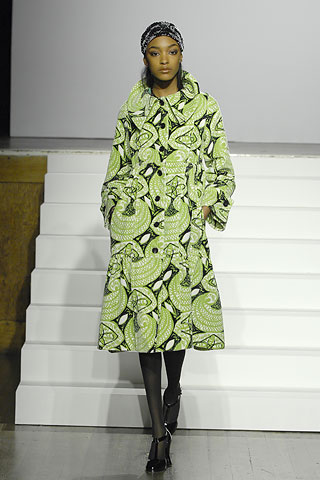


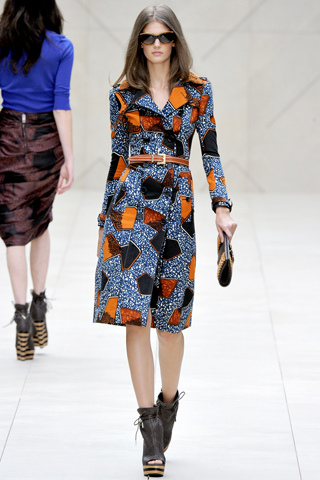


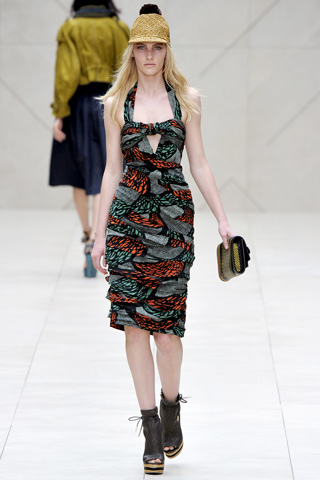


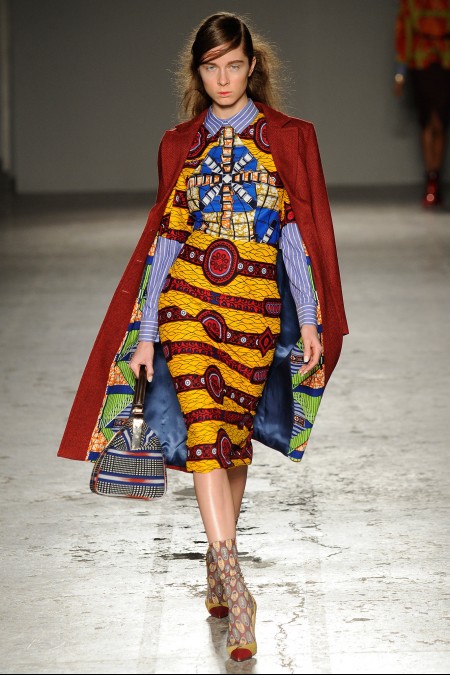
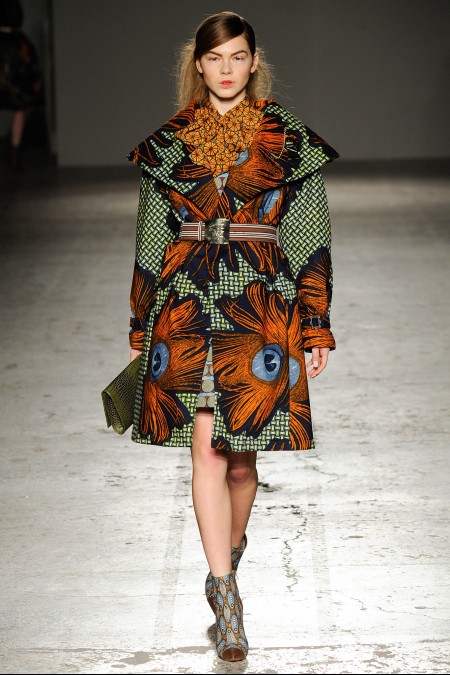

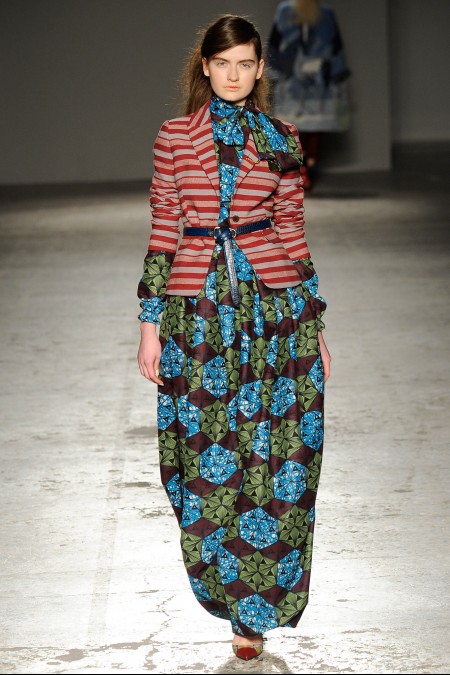







Very interesting topic, thank you for posting.
I would love to purchase some of your fabric please email me a contact no thank you my name is Jackie
Hello Jackie,
I do not sell fabric.
You can buy at https://www.vlisco.com/
with regards,
Netty Nauta
vlisco is doing a great job. am a designer and my customers are requesting for nice ankara fabrics. how can i place orders?
https://www.vlisco.com/
I am interested in the images you’ve posted here. I would like to use the one of the fabric printed with television images. Where did you acquire that image? Can you grant permission to use it? Would I need to go to Vlisco.
Hello,
I found the images on internet, 4 years ago. I couldn’t find the owner of the images, but since I posted them, nobody claimed them.
You can copie them from my blog,
with regards,
Netty